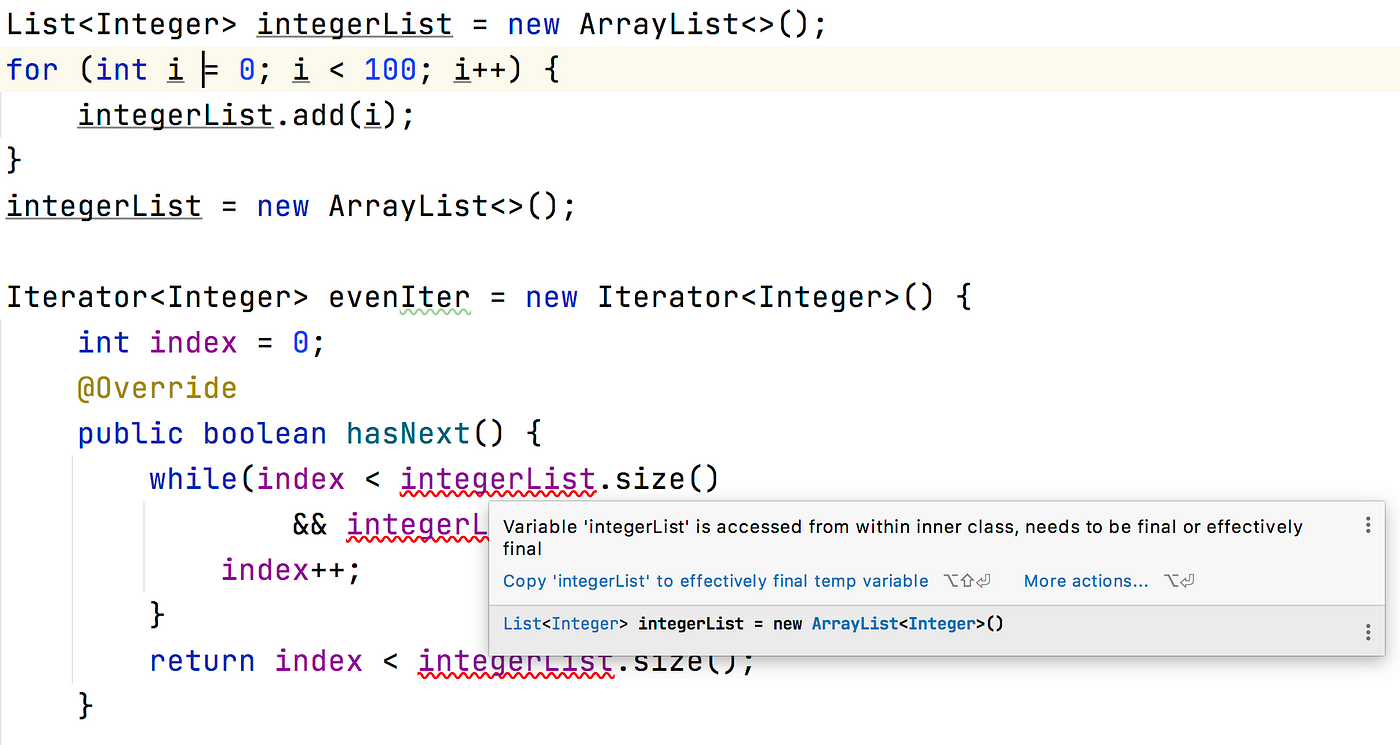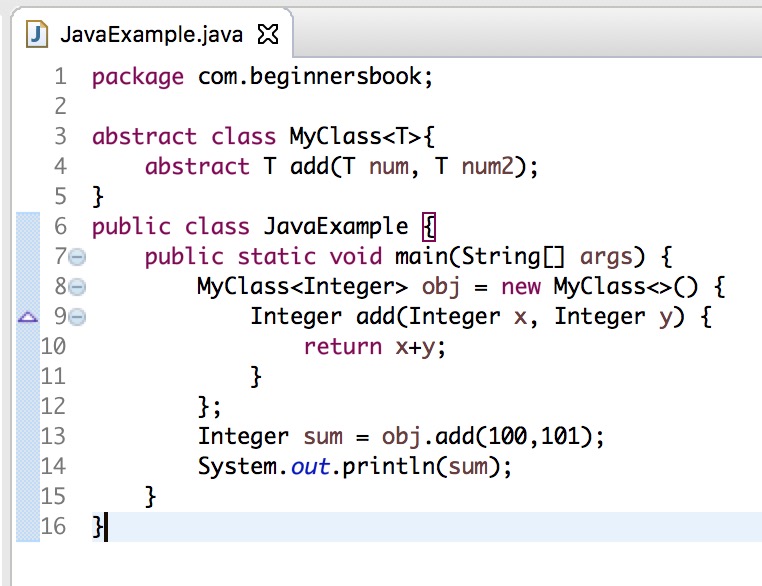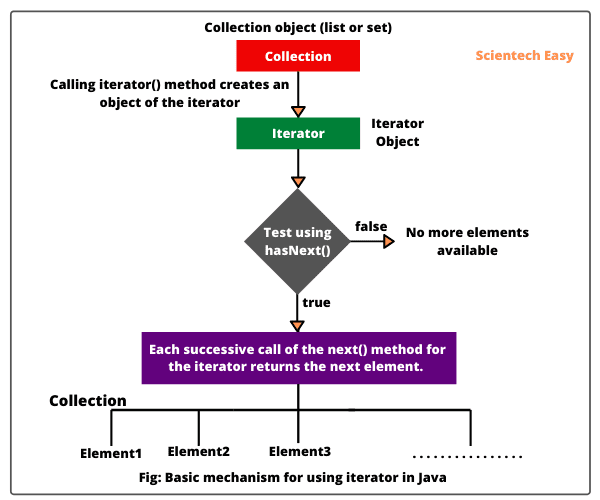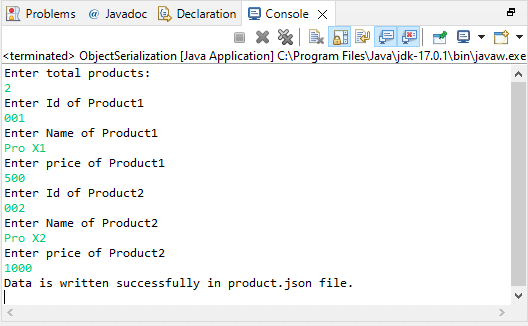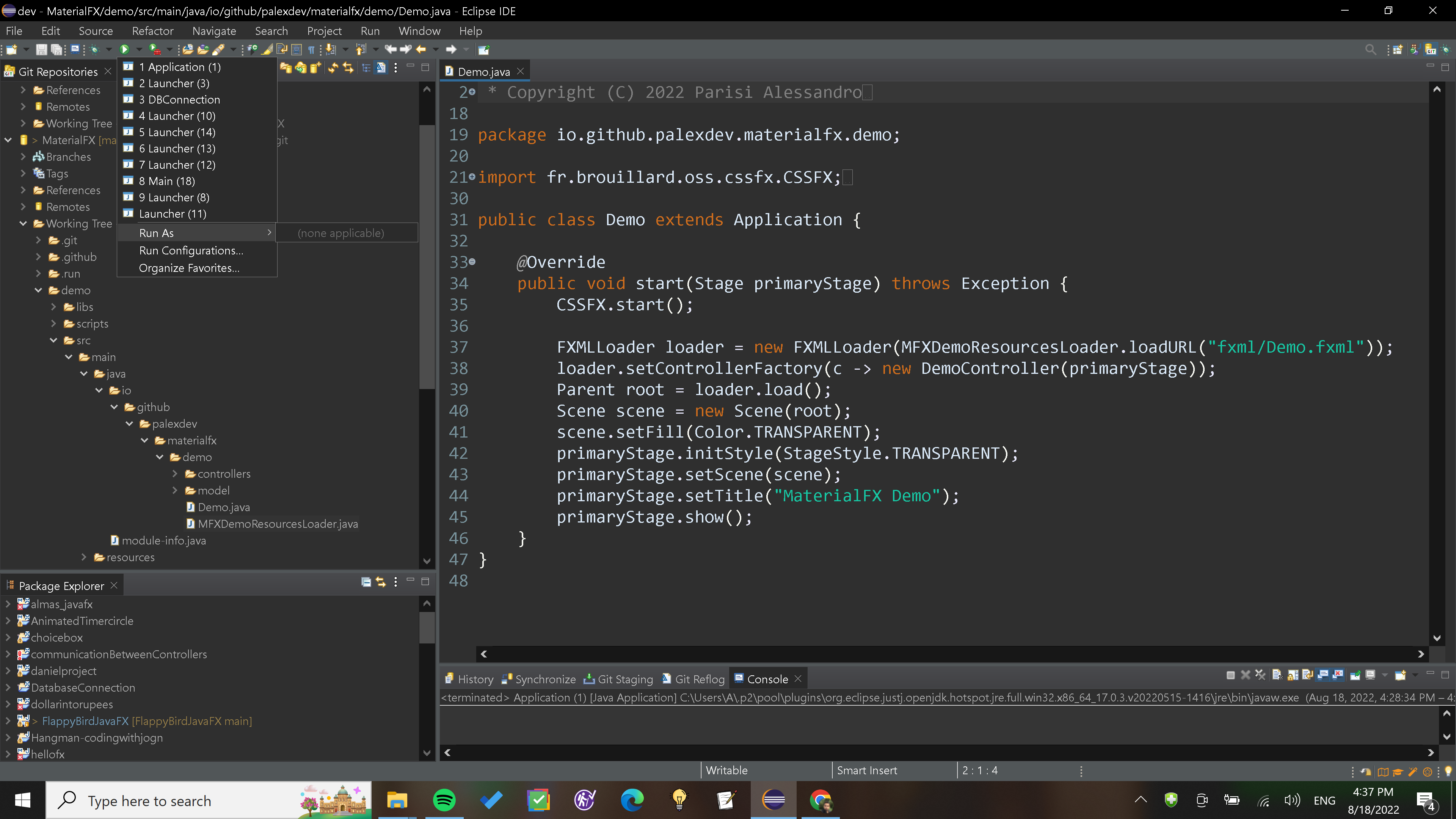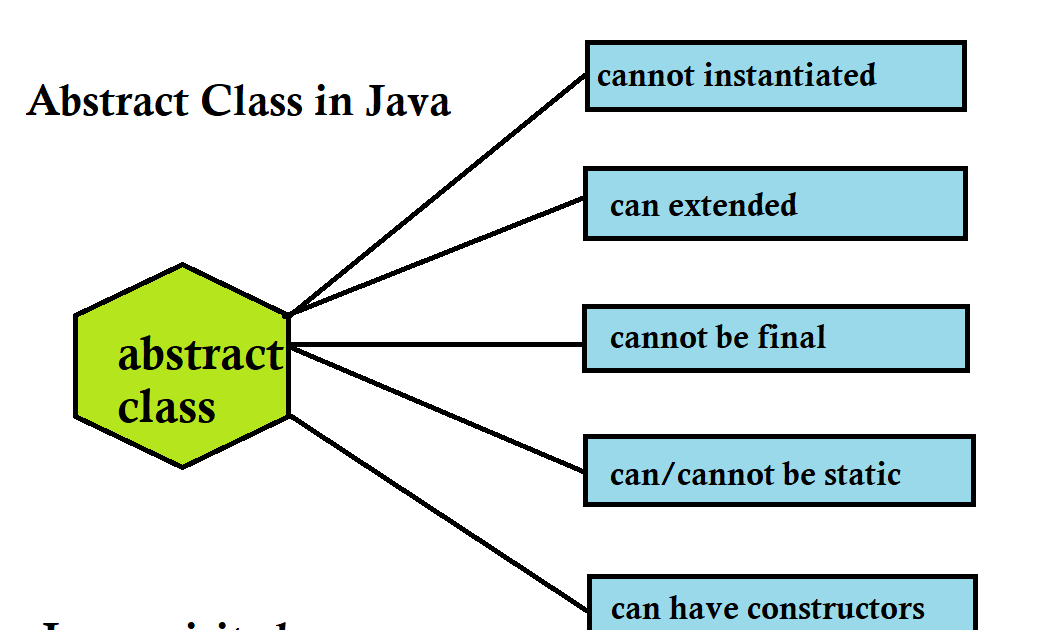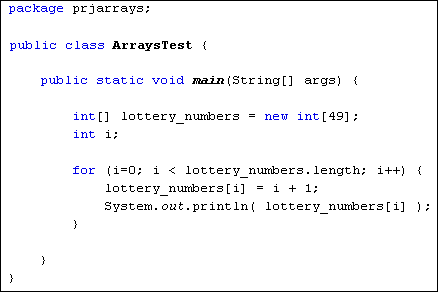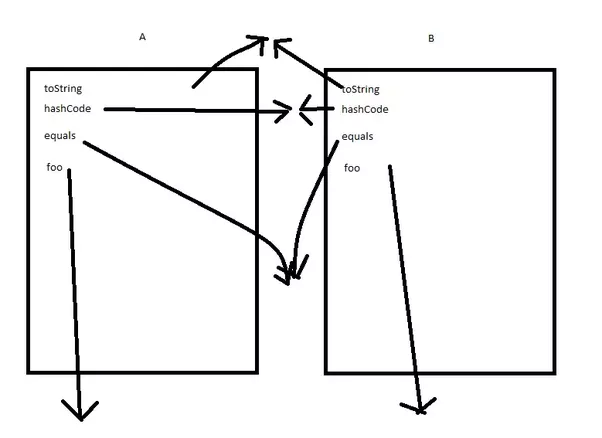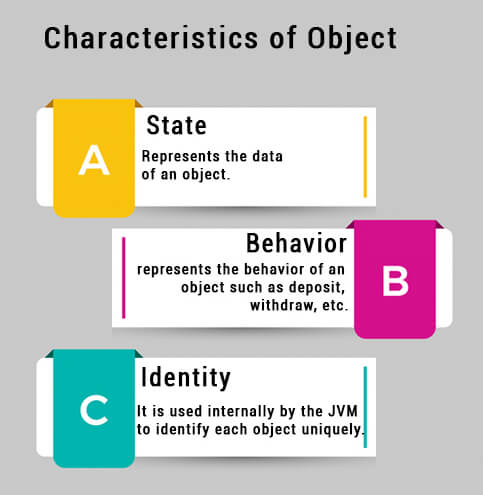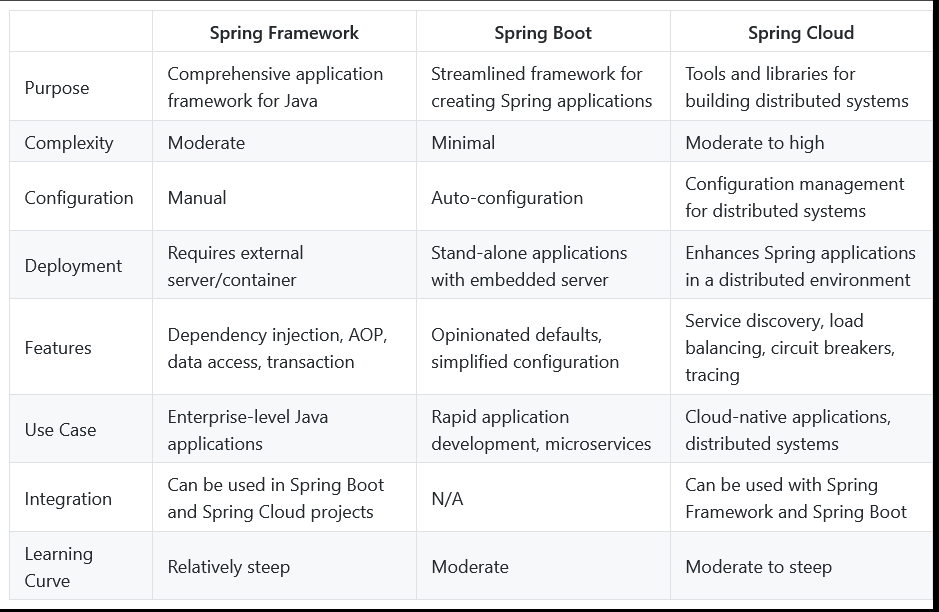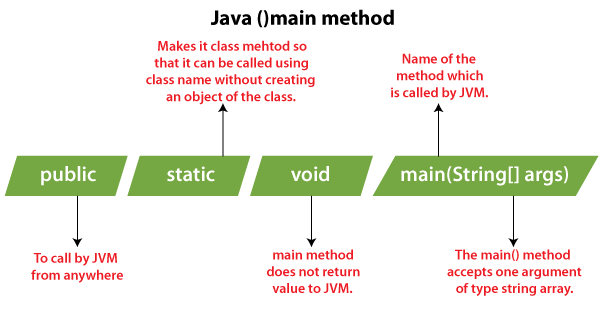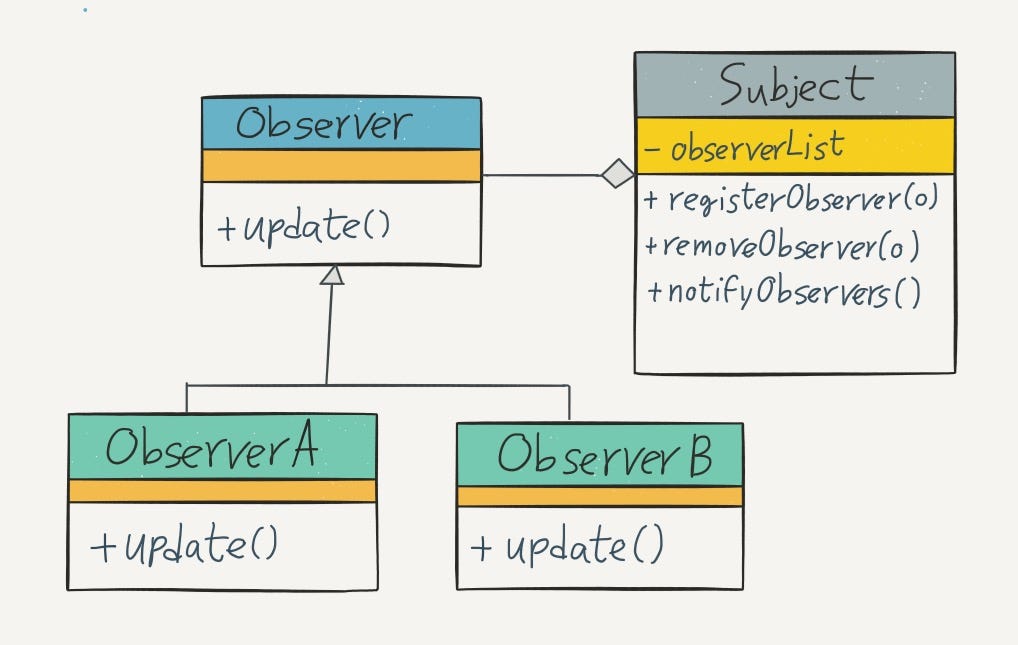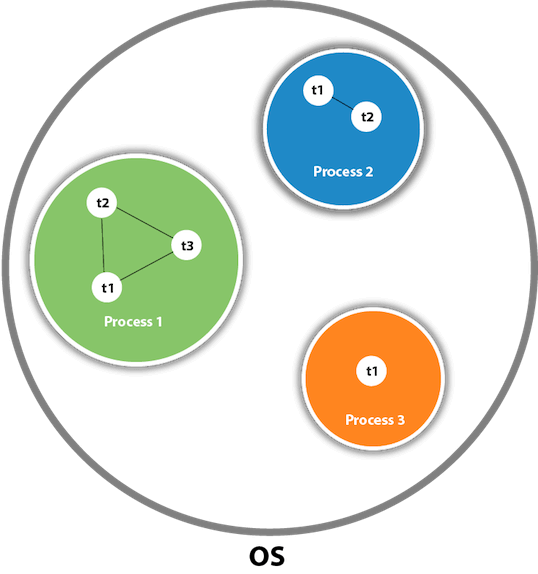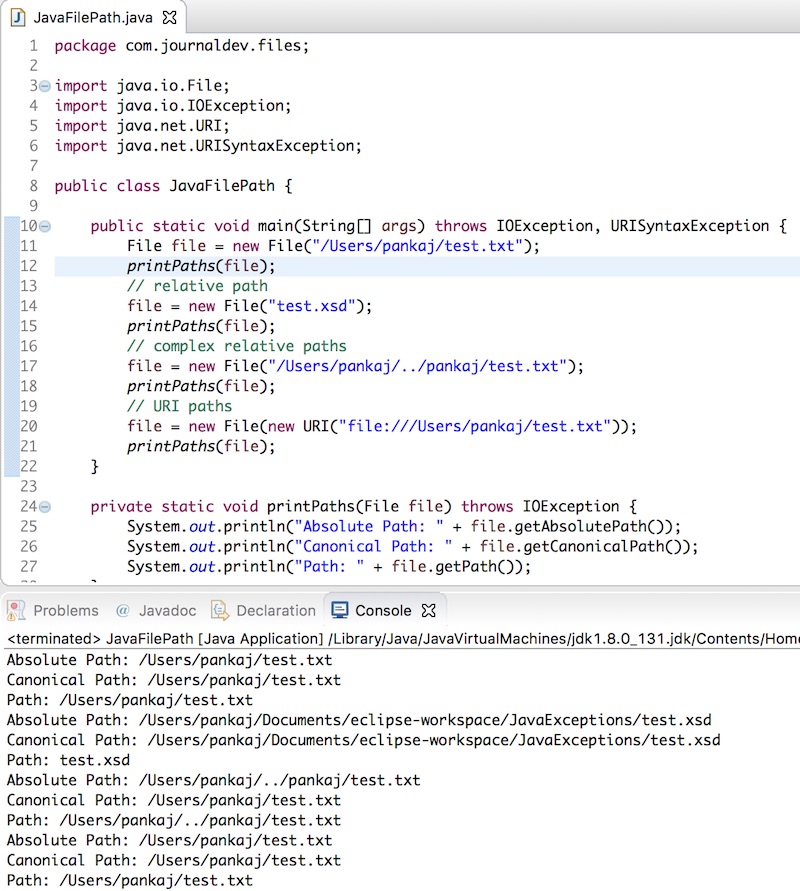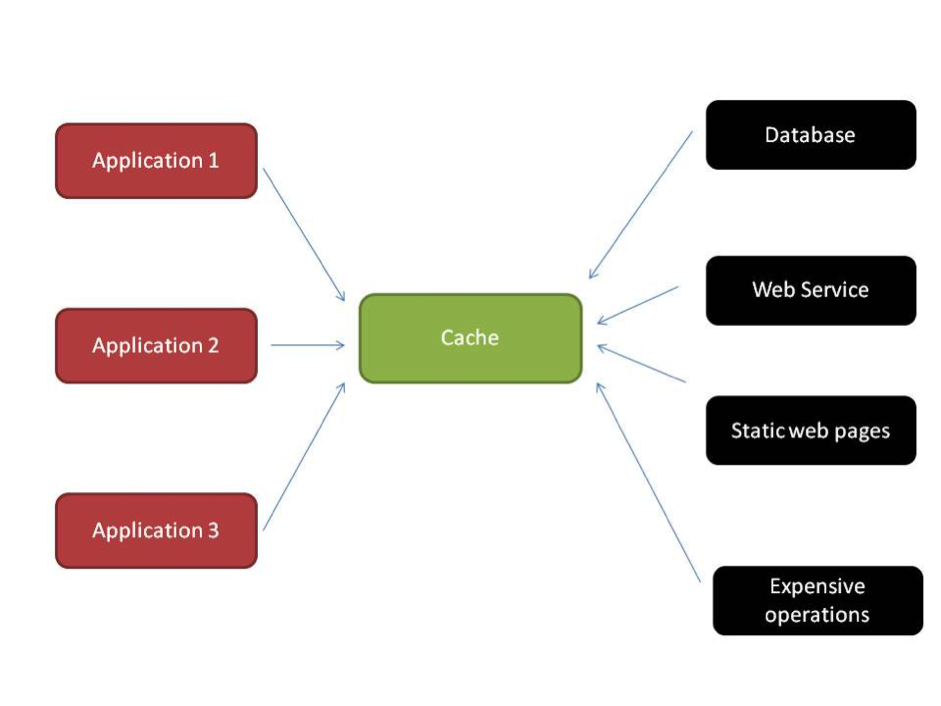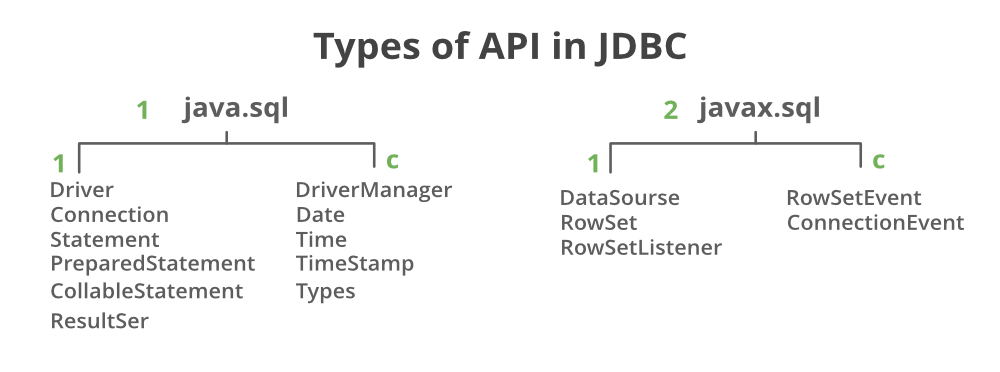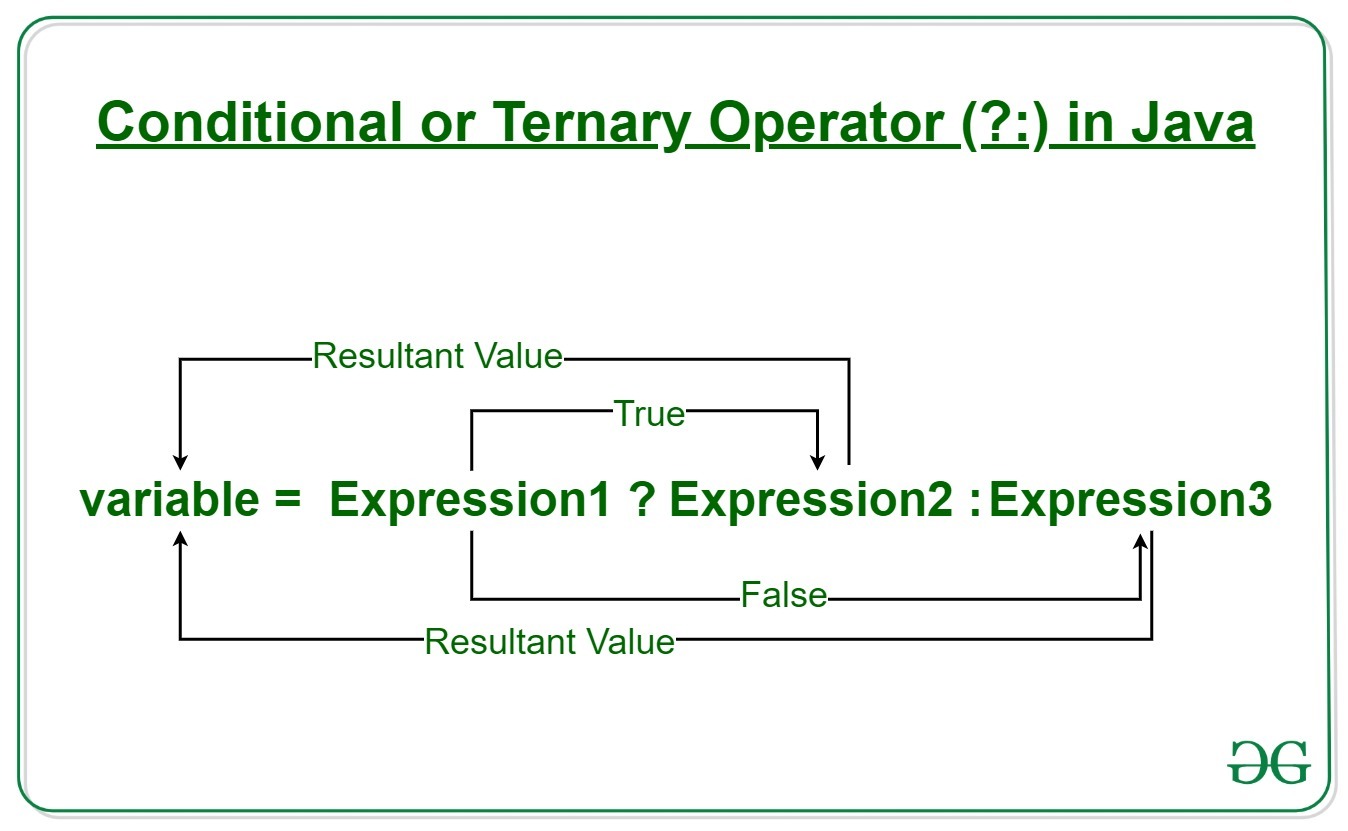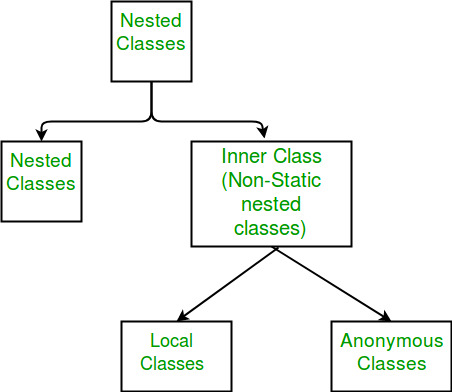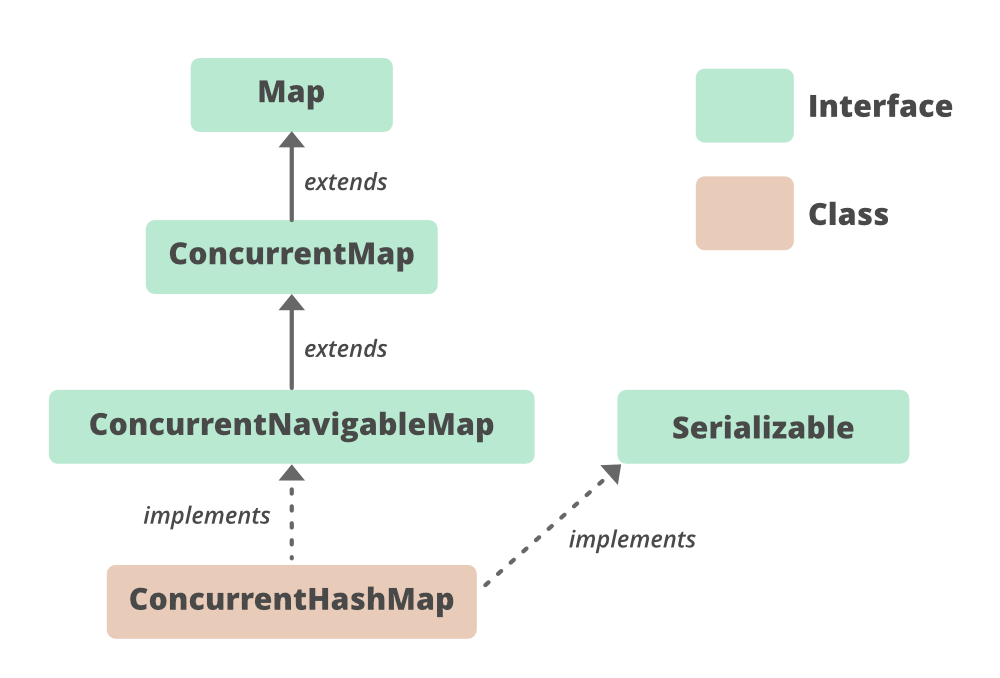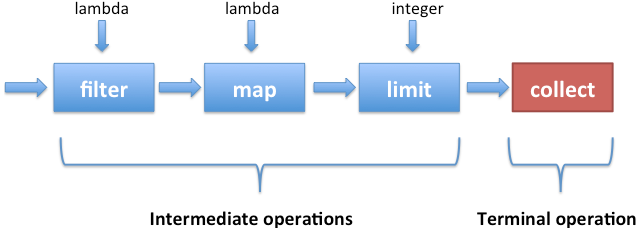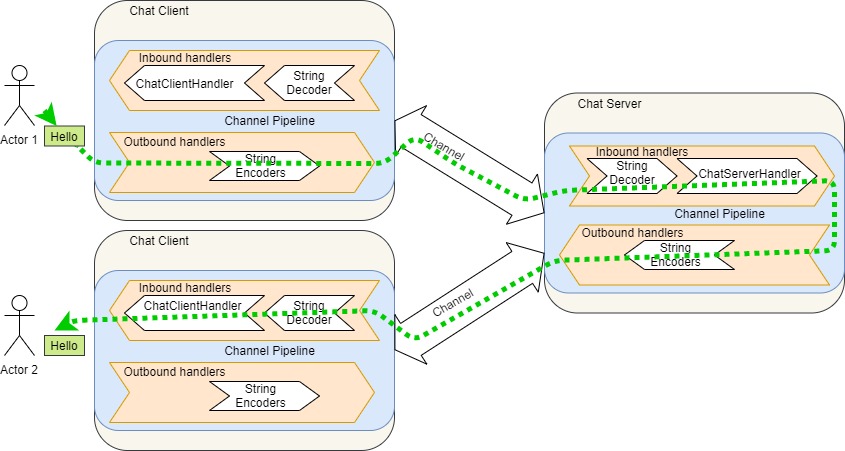anonymous inner class in java
anonymous inner class in java
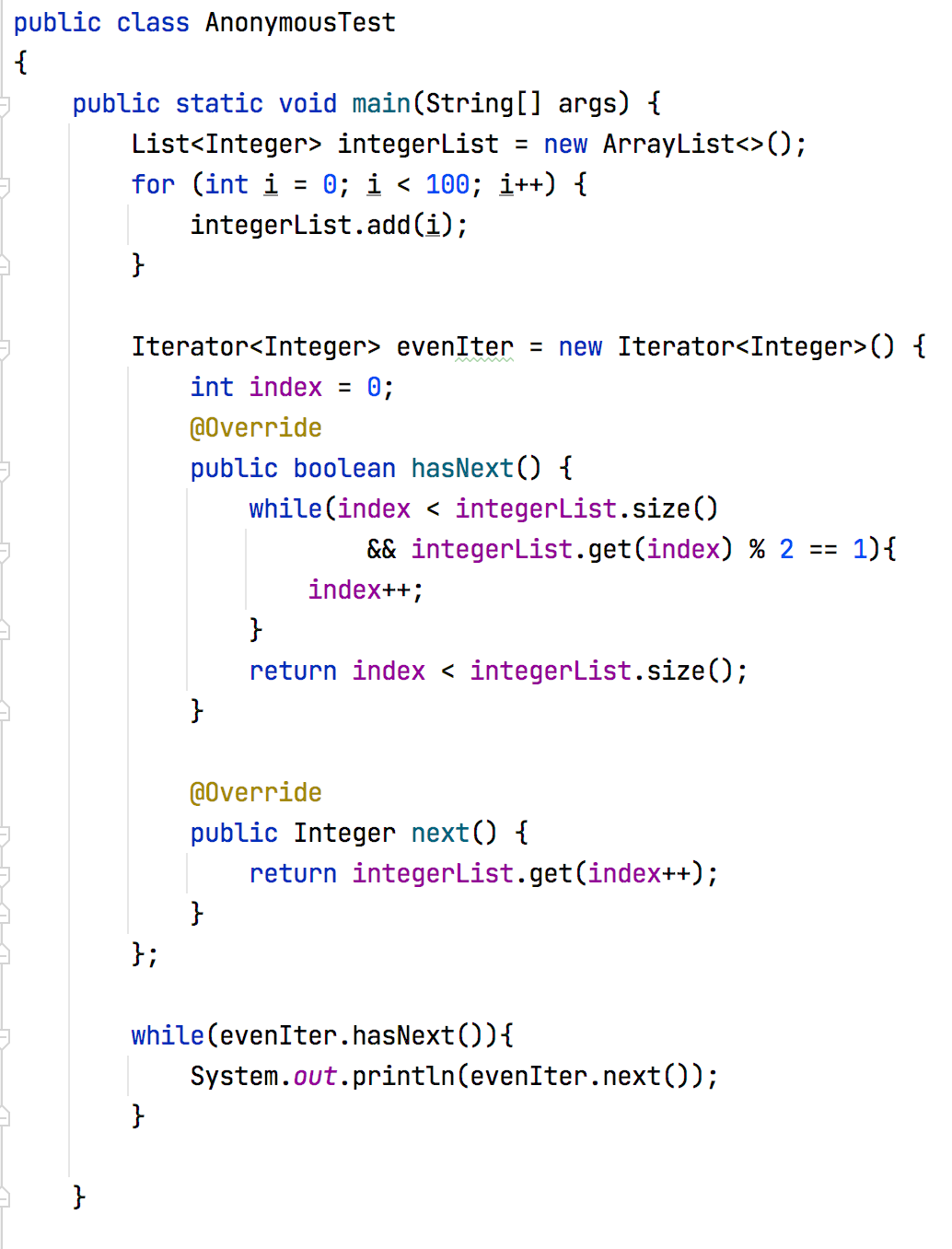
The mysterious "anonymous inner class"!
In Java, an anonymous inner class is a special type of inner class that does not have a declared name. It's a class that is defined without a name, and its instances can be created and used only within the scope of the enclosing class.
Here's a simple example to illustrate this:
public class Outer {public void method() {
new Inner() {
public void doSomething() {
System.out.println("Hello from inner!");
}
}.doSomething();
}
interface Inner {
void doSomething();
}
}
In this example, the Inner interface is defined within the Outer class. The anonymous inner class is created by using the syntax new Inner() { ... }, which defines a new instance of the Inner interface without giving it a name.
The key characteristics of an anonymous inner class are:
No declared name: Anonymous inner classes do not have a declared name, unlike named inner classes. Local scope: Anonymous inner classes can only be used within the scope of the enclosing class (in this case,Outer). Interface-based: Anonymous inner classes typically implement an interface, which defines the methods that must be implemented.
Anonymous inner classes are useful in situations where you need to create a small, self-contained piece of code that interacts with the outer class, but does not require a named class or instance. They can also help to minimize code duplication and improve code organization.
Some common use cases for anonymous inner classes include:
Event listeners: When handling events or notifications within an enclosing class, you might want to create an anonymous inner class that implements an interface (e.g.,java.awt.event.ActionListener). Callbacks: Anonymous inner classes can be used as callbacks in APIs, where a small piece of code needs to be executed in response to some external event. Ad-hoc implementations: If you need to implement a specific method or set of methods within a class, but the implementation is not complex enough to warrant a separate named class, an anonymous inner class can help.
In summary, anonymous inner classes are a powerful tool in Java that allows you to define and use small, self-contained pieces of code within the scope of a larger class. While they might seem mysterious at first, they're actually quite useful when used correctly!
Java inner classes vs outer class

Java's inner classes and outer classes are two distinct concepts that serve different purposes. Understanding the differences between them is essential for efficient programming.
Outer Classes:
In Java, an outer class, also known as a static class or top-level class, is a regular Java class defined outside any other class. It can contain both static and non-static methods, variables, and inner classes. Outer classes are instantiated independently of any other class and have their own scope.
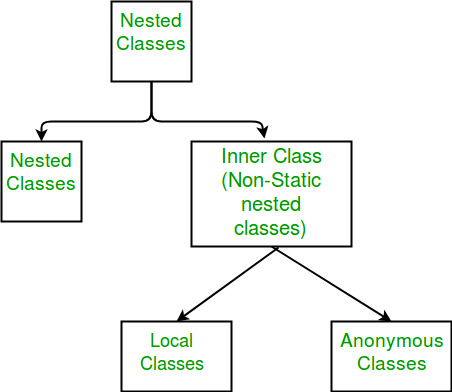
Key characteristics:
Static: Outer classes do not rely on any specific instance to exist.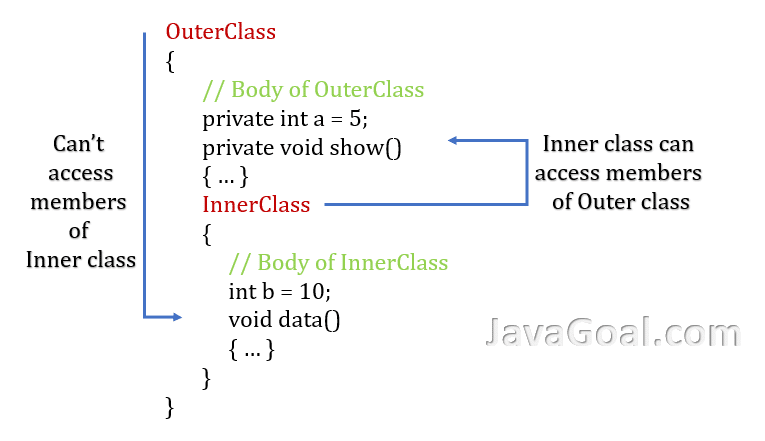
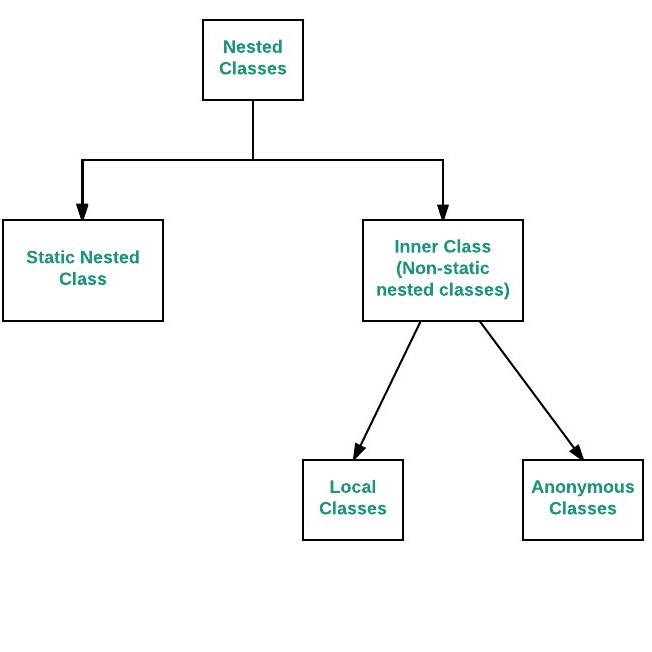
Inner Classes:
An inner class, also known as a nested class, is defined within another class (either an outer class or another inner class). Inner classes are part of their enclosing class and share its scope. They can access members of their enclosing class without explicitly passing instances around.
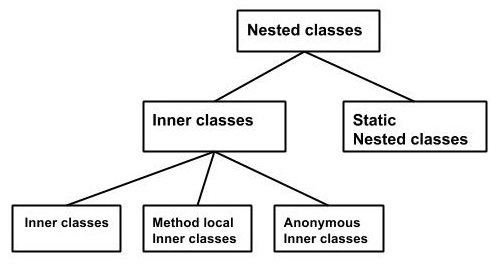
Key characteristics:
Non-static: Inner classes are always tied to an instance of the enclosing class. Scope: The scope of an inner class is limited to the instance of the enclosing class that created it. Instantiation: Inner classes can be instantiated multiple times, once for each instance of the enclosing class.Key differences:
Instantiation: Outer classes are instantiated only once, while inner classes can be instantiated multiple times per enclosing class instance. Scope: Outer classes have their own scope, whereas inner classes share the scope of their enclosing class. Static vs non-static: Outer classes can contain both static and non-static members, whereas inner classes are always non-static.When to use each:
Outer Class: When you need a self-contained, independent class that doesn't rely on any specific instance. Suitable for utility classes or logging mechanisms. Inner Class: When you want to create a class that is tightly coupled with the behavior of another class (e.g., an adapter pattern). Ideal for situations where you need to access members of the enclosing class.In summary:
Java's outer and inner classes are two distinct concepts, each serving a specific purpose. Understanding their differences and when to use each can help you write more efficient, maintainable code.
Would you like me to elaborate on any specific aspect or provide an example?
